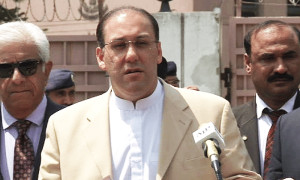RiazHaq
Senator (1k+ posts)
Pakistan has a population of over 200 million people and a booming trillion dollar economy ranked among the top 25 largest economies of the world.
[TABLE="class: m_7696017514138020051gmail-tr-caption-container, align: center"]
[TR]
[TD]

[/TR]
[TR]
[TD="class: m_7696017514138020051gmail-tr-caption"]Courtesy: Ashraf Hameedi, Highforest Capital[/TD]
[/TR]
[/TABLE]
Pakistan's 135 million millennials have made it the world's fastest growing retail market. There is surging demand for fast moving consumer goods (FMCG) and durables like smartphones, computers, cars, motorcycles and home appliances.
[TABLE="class: m_7696017514138020051gmail-tr-caption-container, align: center"]
[TR]
[TD]

[/TR]
[TR]
[TD="class: m_7696017514138020051gmail-tr-caption"]Courtesy: Nikkei Asian Review[/TD]
[/TR]
[/TABLE]
Major energy and infrastructure projects, part of China-Pakistan Economic Corridor (CPEC), are transforming the country and creating millions of new jobs.Incidents of terrorism and terror related deaths are in sharp decline since the country's military started nation-wide anti-terror operations in 2013.
Its $20 billion tourism industry is seeing rapid growth.And yet, many continue to call Pakistan a "failed state". Why is it? Why is perception lagging reality?
Viewpoint From Overseas host Faraz Darvesh discusses these questions with Monis Rehman, Pakistani entrepreneur and CEO of Rozee.pk, and regular panelist Riaz Haq (www.riazhaq.com)
Source
Last edited by a moderator:
































